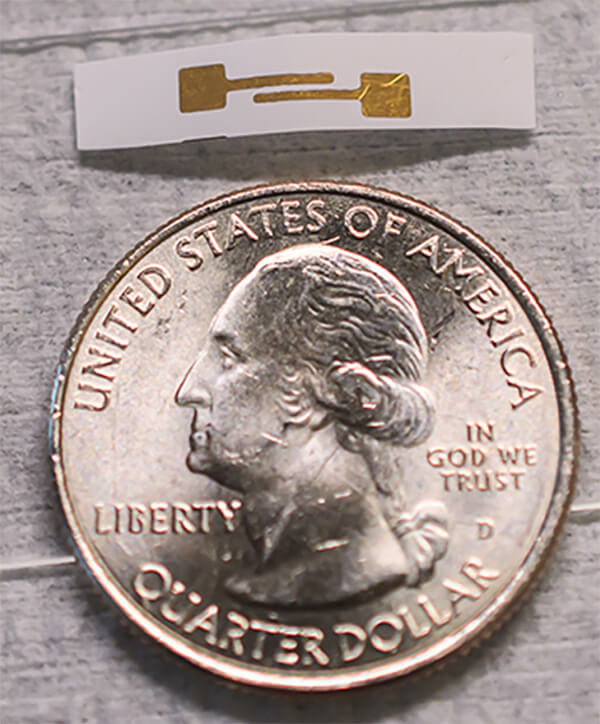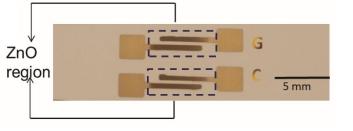Biosensors for consumer wearable devices is a new trend as it facilitates multiplexed physiological monitoring for quantitative assessment of body functions. Highly functional wearable biosensors that can also provide meaningful diagnostics to guide therapeutics would be extremely valuable to end-user consumers or health-professionals.

Researchers at The University of Texas at Dallas developed a wearable device that is lancet-free, label-free diagnostic sensor which can monitor an individual’s glucose level via perspiration on the skin. They worked with sweat, not any other fluids like urine or tears, since sweat is the most widely evaluated body fluid as it contains a lot of medical information and is relatively easier to stimulate, gather, and analyze. To increase the usability of the sensor, researchers had also tested the combined detection of stress biomarker cortisol in human perspiration using the same sensor platform.
In order to make wearable biosensors as successful consumer products it is important to demonstrate enhanced multiplexed functionality, reliability, and ease-of-use through non-invasive (without skin break) monitoring of body fluids. Thus, researchers designed and fabricated 3-D nanostructured semiconducting ZnO sensing elements to establish optimal electron transfer efficacy between 4 immobilized glucose and cortisol molecules and the electrode surfaces. ZnO has been successfully used as electrode material for enzyme immobilization and glucose detection.

“In our sensor mechanism, we use the same chemistry and enzymatic reaction that are incorporated into blood glucose testing strips. But in our design, we had to account for the low volume of ambient sweat that would be present in areas such as under a watch or wrist device, or under a patch that lies next to the skin.” said Prasad, The Cecil H. and Ida Green Professor in Systems Biology Science.
Their design works with volumes of sweat less than a microliter, which is the approximate amount of liquid that would fit in a cube the size of a salt crystal. The system also provides a real-time response in the form of a digital readout.
Glucose monitoring has tremendous importance in the field of diabetes management and this non-invasive detection techniques based on body fluids are pain free, comfortable and offer patient adaptability. However, sweat glucose concentrations have a time lag and concentration range varies with respect to blood glucose concentrations due to the diffusion barriers in human physiology.
Source: GLUCOSE WEARABLE BIOSENSOR
